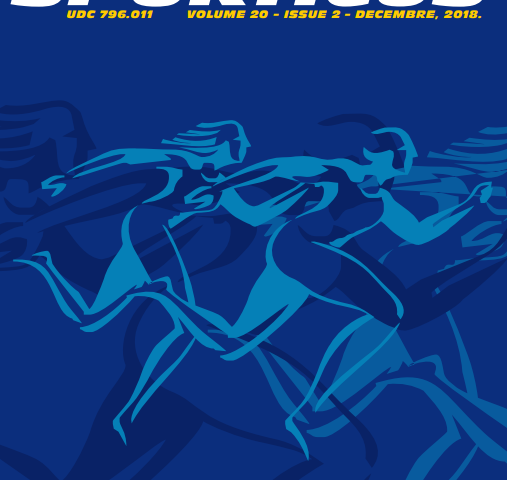Abstract
Therefore, the quality of an athlete’s performance is determined by the weakest link in his preparation chain. Since the psychological process indicators and psychological state manifestations among top level K-1 fighters are heavily influenced by personality traits and characteristics manifested in those fighters’ activities and formed under the influence of different factors during their year-long engagement in K-1, this research is important in terms of both theory and practice. This research has been carried out on a sample of 96 top level super heavyweight (over 91 kg) male fighters participating in final K-1 tournaments in Japan from 1993 to 2004 (in 84 matches and 205 rounds). The age of the examinees varied from 21 to 39 years. The research aimed at analysing the indicators of assessment of hypothetical personality dimensions with K-1 fighters during their fights at the final K-1 tournaments from 1993 to 2004. This paper was based on the explorative approach to K-1 phenomena in a situational condition. This resulted in a thorough sectional view of the most successful fighters, helping to determine an absolute criterion for defining what a quality fighter is, as the final tournament gathers only the 8 best fighters. It follows therefore that the examinees in this paper were the most able K-1 fighters in the world. The abovementioned fighters have been, after a detailed, studious and meticulous review of the recordings, described by a group of hypothetical personality dimension variables. The gathered data on hypothetical personality dimensions have been processed with the descriptive statistic method and presented according to the total frequency of their application. By means of trend analysis we examined the development trends in the significance of hypothetical personality dimension variables in the sense of their increase and decrease in the period of 12 years, as to obtain data on hypothetical personality dimensions state of a K-1 fighter. Through the analysis of the fights at the final K-1 tournaments (GP Tokyo Dome) we identified the hypothetical personality dimensions which had been manifested during the fights. These clearly indicate that a fighter needs to possess certain character traits if he wishes to achieve his maximum in K-1. These characteristics are not merely “advisable” but almost an obligatory component of a group of characteristics including stability, discipline, perseverance, motivation, an ethical quality, absence of uncontrolled aggressiveness and anxiety etc.committee.


